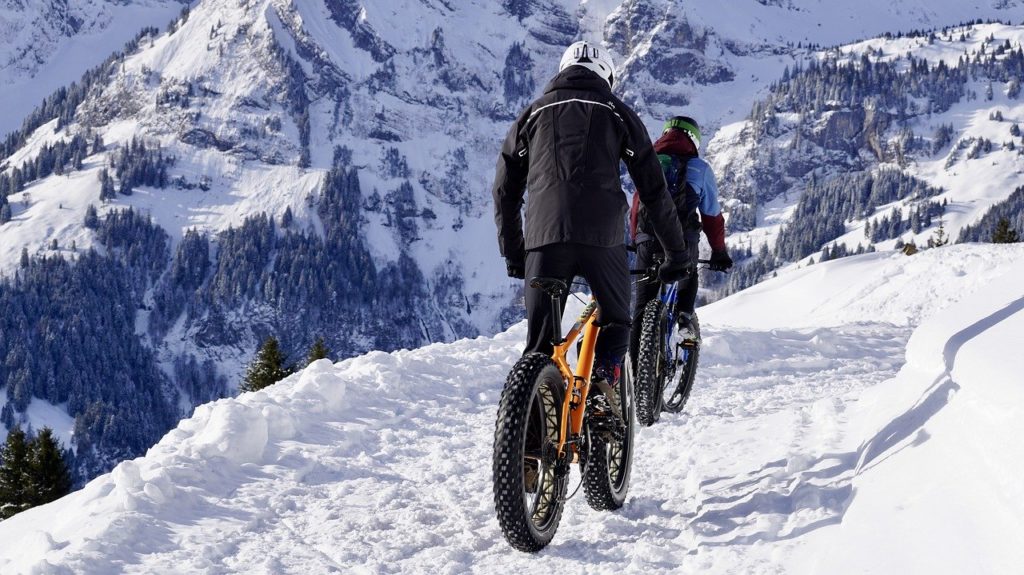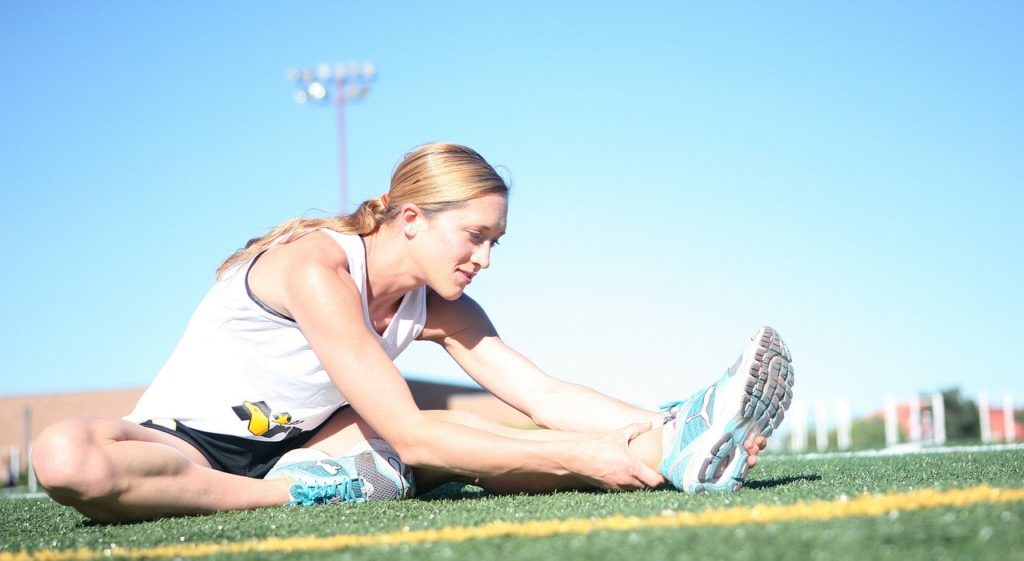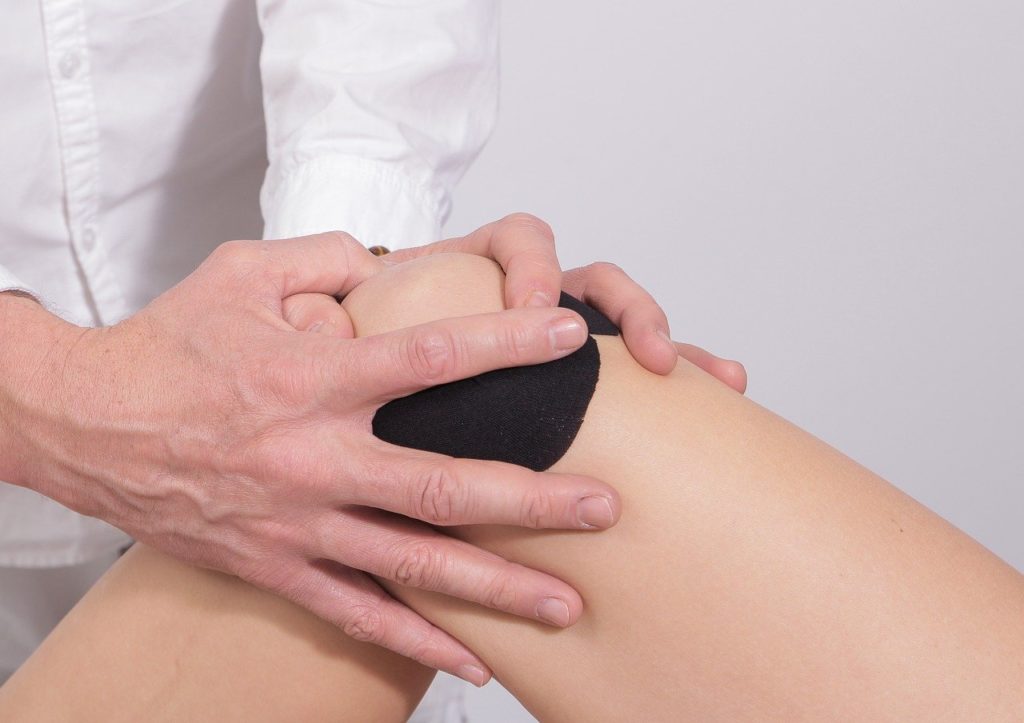"150,000 is the average number of injuries on the slopes in winter. Beginners, especially during the first four days of practice, are twice as likely to be injured. " Discover in this article, some advice to avoid injuries when practising in winter.
PRO'S OPINION : Sandra Arpin, physiotherapist in Bourg Saint Maurice
MACS7® : What are the most frequent joint/muscle accidents in winter sports?
Whether amateur or experienced sportsmen, knee injuries with rupture of the anterior cruciate ligament are the most frequent in winter sports. This is followed by shoulder injuries.
MACS7®: What do you think is the cause?
Generally speaking, it is due to a lack of physical activity over the year, but also to the quality of the snow. When it is hard, there are generally more injuries to the shoulder from falls, whereas when it is rather soft, there are more twisting injuries and therefore problems with the knee.
MACS7®: What are the consequences on the body in the short and long term?
The short term consequences are obviously the cessation of all physical activity and pain. In the long term, the main consequence remains the risk of osteoarthritis due to the degradation of ligaments and cartilage.
MACS7®: How much rehabilitation time on average depending on the injury?
For a rupture of the anterior cruciate ligament, rehabilitation lasts on average 6 months after surgery. For other traumas (sprain, contusion), it takes an average of one and a half months.
MACS7® : What are the precautions or preventive measures to take before going on the slopes?
The main precaution is to practice physical activity throughout the year. It is important to arrive at winter sports with a minimum of physical condition because we must not forget that the body is at an altitude of about 1800m, which it is not used to. So if you ask him to make a physical effort that he is not used to, an accident can happen very quickly!
OUR ADVICE: GO WITH THE RIGHT EQUIPMENT!
Before leaving, it is essential to check that you have all the right equipment: clothes that are neither too warm nor too cold, you must be able to cover up or uncover yourself according to the evolution of the weather, which is very changeable in the mountains.
To fight against the cold, you must favour:
> Three layers:one that lets perspiration through, one that
protects against the cold and one that cuts the wind;
> One pair of socks and gloves that are not too tight;
> Protective gear: a helmet for all and wrist guards for
snowboarders;
> Equipment in good condition and adapted to your level: if you have your own skis, be sure to have the bindings adjusted by a professional every year. More than one knee sprain in two is the result of a badly adjusted binding! Also make sure you choose your ski boots carefully.



